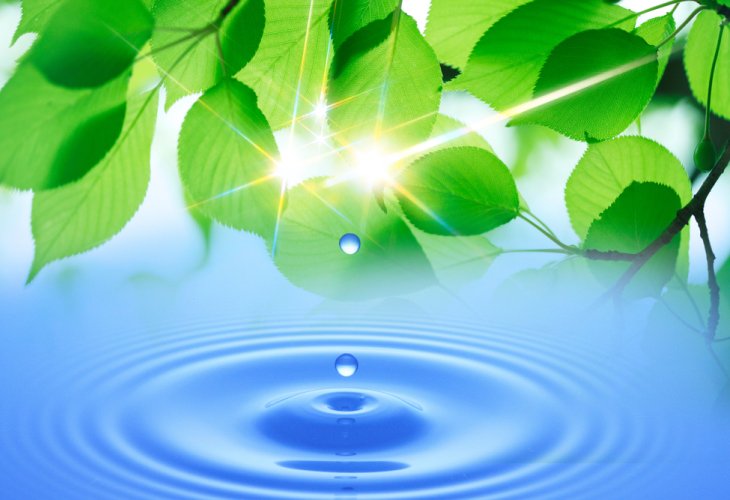Wonders of Creation
The Miracle of Clouds: How the Water Cycle Sustains Life on Earth
The miracle of the water cycle and why it’s essential for humanity and nature
 (Photo: shutterstock)
(Photo: shutterstock)In previous articles we explored the secrets of the most extraordinary substance in the universe — water, by examining its liquid and solid states. We now address one of the most breathtaking wonders of all: the vast reservoirs of water that float above our heads in the form of clouds.
The Miracle of Water Evaporation
The cycle of seasons and the water cycle are so essential to our existence that we often take them for granted. How do water molecules recycle themselves, purify, move across the globe as if on a mission, and “garden” the earth by watering every plant?
Water is unique: it can freeze into solid ice — expanding as it does so — or evaporate into vapor. Not every substance can evaporate with heat, and not at just any temperature. Metals, for example, only liquefy rather than evaporate.
Water freezes at 0°C (32°F) and evaporates at 100°C (212°F). As temperatures rise, water molecules disperse, but instead of vanishing into the air, they form clouds. Winds then carry these clouds across vast distances, releasing pure, distilled rain to water plants, animals, and humans alike.
Would you believe that an average rain cloud above our heads holds over 300,000 tons of water, which is roughly 300 million liters! Clouds are one of the strangest and most awe-inspiring phenomena in nature.
How Clouds Are Formed
The sun heats the oceans, causing water to evaporate. These light vapor molecules rise into the atmosphere, but once they reach altitudes above 2,000 meters, the cold causes them to condense into tiny droplets, which cluster together to form clouds. This process is aided by microscopic dust particles around which condensation occurs.
Clouds are composed of countless tiny droplets, ice crystals, and particles of dust, all moving together. All clouds are equally white. Thick clouds appear darker only because their upper layers cast shadows on their lower ones. From above, all clouds appear brilliantly white.
Why Rain Falls in Droplets, Not Torrents
Though clouds store enormous amounts of water, rain falls in small droplets. Imagine the destruction if it came down in massive waterfalls from the sky! Droplets and ice crystals within the cloud collide, combine into larger drops, and gain weight. Friction between millions of drops even creates the electric charges we see as lightning.
When a droplet grows too heavy, gravity pulls it to earth. If the air is cold, it freezes into hail; if colder still, it becomes snow. This remarkable process ensures water reaches even the smallest plants without destroying life below.
The Perfect Balance of Clouds
Water vapor is lighter than air, which allows clouds to float. However, they are dense enough not to disperse, and light enough not to fall prematurely. Winds push them across continents, transporting water to parched soils and replenishing lakes and rivers. Truly, the water cycle is one of nature’s greatest wonders.
Rain and the Land of Israel
The fertility of Israel has always depended on rainfall: “The land you are crossing to take possession of is a land of mountains and valleys that drinks water from the rain of heaven” (Devarim 11:11). Rain, in this perspective, comes in proportion to our actions, urging us to strengthen ourselves and pray for blessing.
The Wonder of Water
Water is so transparent, so pure, and yet with so many forms and properties. Water makes up our bodies, enables our movement, protects vegetation and marine life, and at the same time drifts in the skies, cleansing and refreshing the earth with every rainfall.
This miraculous cycle indicates the precision of creation and the gift of life itself. Sometimes, all we need to do is open our eyes, notice, and feel a sense of awe and gratitude.

